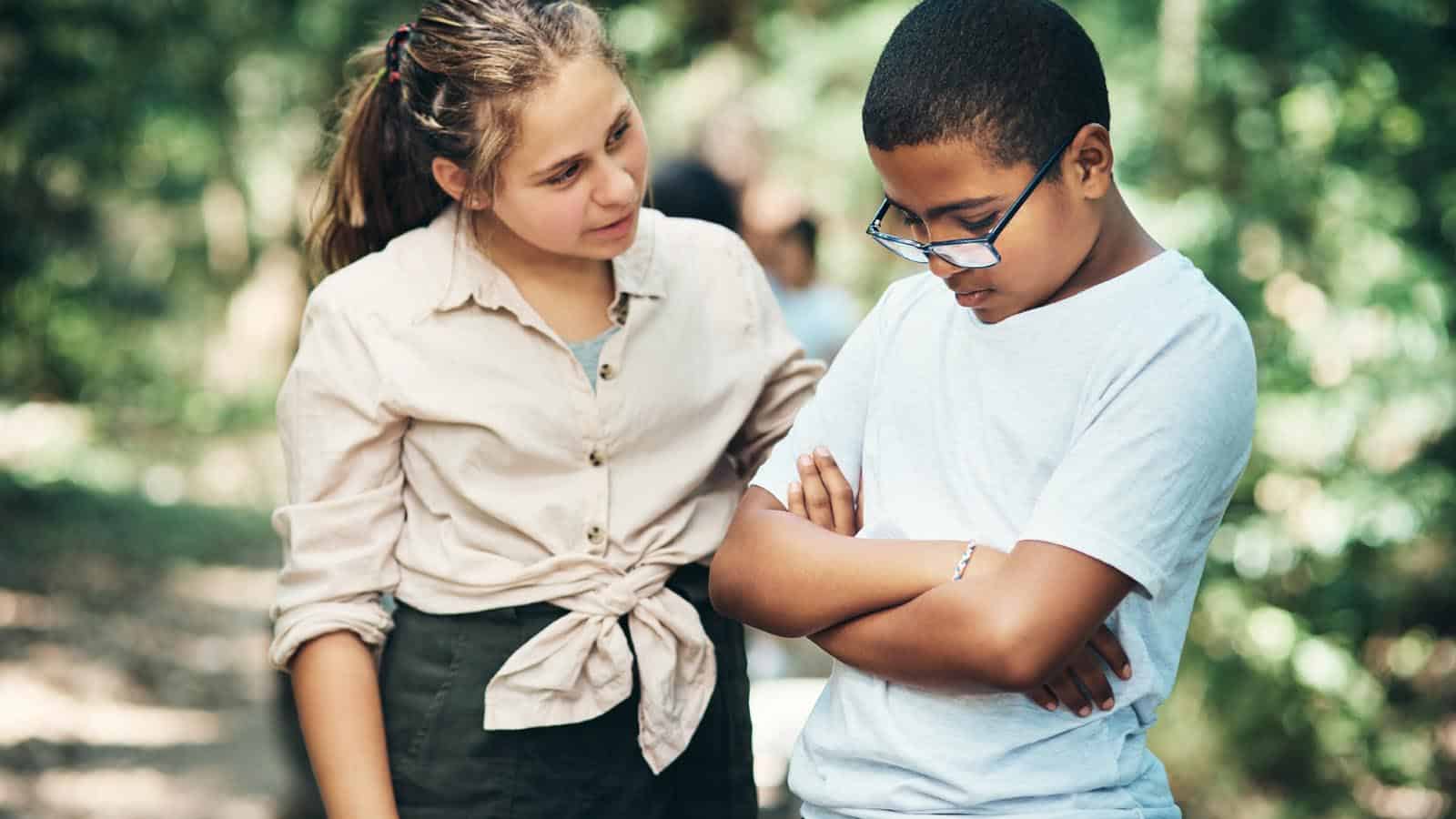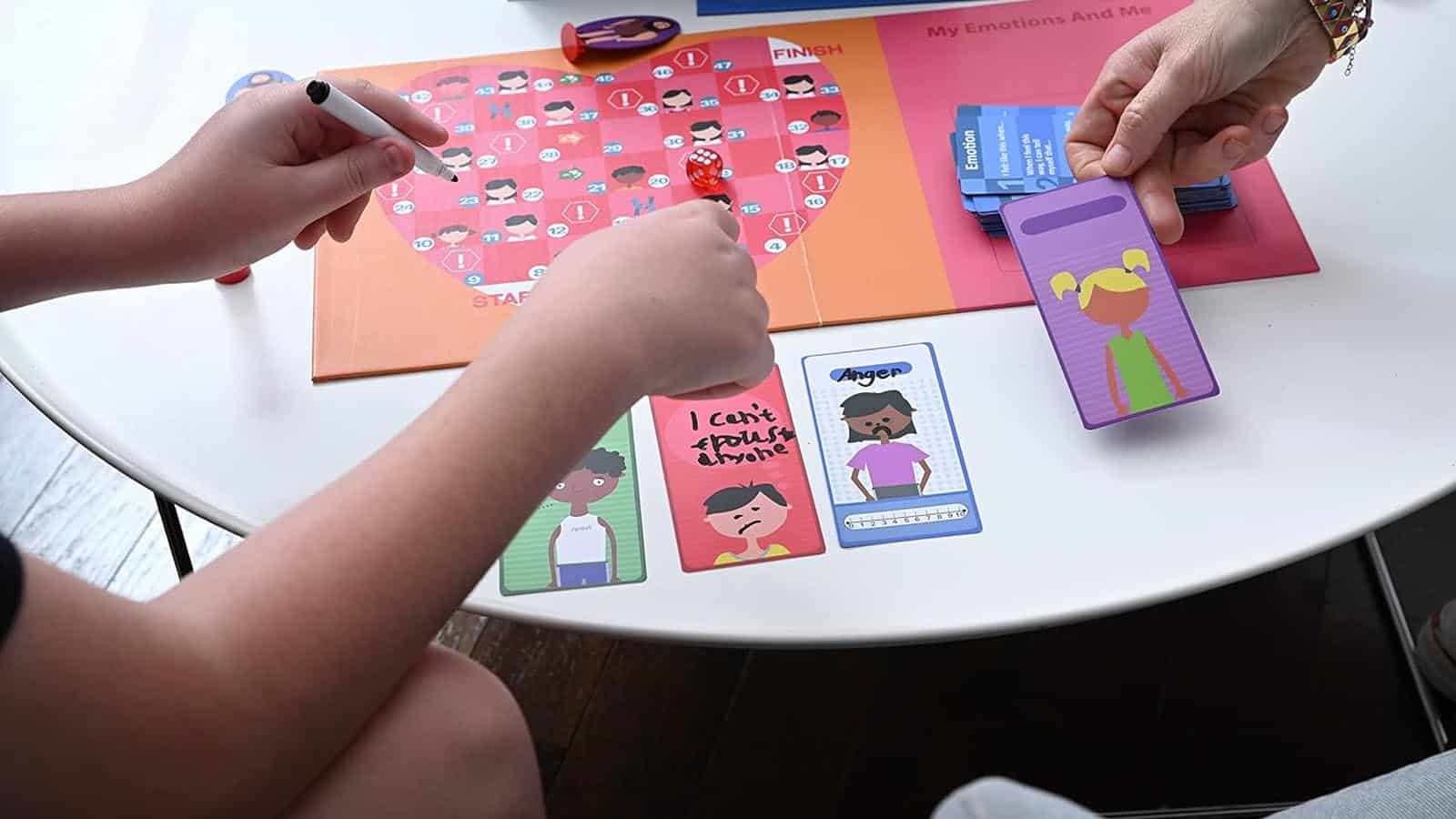What is Cognitive Behavioral Therapy?
CBT is a goal-directed treatment that focuses on shifting negative thought patterns and self-destructive behaviors. First pioneered for depression in adults by Aaron Beck in the 1960s, CBT was soon adapted as an empirically-supported therapy for diverse issues impacting children and adolescents, including anxiety, anger problems, trauma, and more.
The Benefit of CBT for Children and Adolescents
Cognitive Behavioral Therapy is well-suited for childhood conditions rooted in unhealthy cognitive structures and actions like phobias, emotional dysregulation, OCD, substance abuse, eating disorders, and trauma.
CBT provides children and teens with concrete skills to challenge cognitive distortions of themselves and others and build resilience. Age-appropriate language and techniques cater to the developmental stage.
Children with Anxiety Disorders
CBT helps children weighed down by repetitive worries learn skills to shift negative thought patterns fueling anxiety, build tolerance for uncertainty, and overcome fearful avoidance through hierarchical exposure to distressing stimuli.
Therapists work to actively reframe anxiety-provoking automatic thoughts in the present moment for youth struggling with generalized, social and separation anxiety disorders. Patients methodically confront rather than avoid triggers once equipped with emotional regulation, social proficiency and self-soothing tools.
Research has demonstrated a clear and significant improvement in young children suffering from anxiety from as little as eight cognitive behavioral therapy sessions.
Socially apprehensive children can examine and reframe fear-based thoughts, magnifying perceived social threats like humiliation or rejection.
For separation anxiety, CBT transforms clinginess by targeting cognitive distortions, exaggerating danger when apart from caregivers, and nurturing self-reliance through small steps like spending brief periods in different rooms from parents and building to overnights away.
Both internal bodily sensations with panic and external stimuli with phobias are gradually exposed in patient-led hierarchies targeting catastrophic expectations and guide youth in designing exposure plans with manageable steps, disconfirming the notion that intense responses will infinitely intensify rather than consistently subside over time as confidence builds. Success cultivates lasting flexibility, facing surprises.
Children with Depression

Cognitive behavioral therapy is highly effective at equipping children and teens with skills to transform depressive thought patterns and behaviors.
Over a decade of evidence exists supporting CBT protocols to address depression and traumatic stress in children who have been victims of bullying.
CBT guides patients to counter ingrained negativity biases by objectively examining evidence for and against the distorted automatic thoughts depression fuels. Rather than accepting self-criticism as truth, kids learn to put their inner voice on trial by weighing it against reality.
Further, CBT builds positive experiences intentionally scheduled to foster awareness of pleasure, achievement, and gratitude – gradually shifting negative cognitive structures over time. Age-appropriate techniques like keeping thought journals, emotion charades, and solving problems through stories or artwork make gaining perceptive insight enlightening rather than arduous.
Disruptive Mood Dysregulation Disorder (DMDD)
For children with chronic, intense temper outbursts, CBT builds emotional intelligence coupled with distress tolerance tactics to extend fuse length on prolonged explosive episodes. CBT actively guides kids in anticipating and planning for frustration triggered in different settings while teaching calming techniques like breathwork, cognitive reappraisal, and self-encouragement.
Youth learn to balance thoughts, feelings, and events when emotions rapidly intensify. CBT fosters self-advocacy and stability by arming children with resilience skills and allowing them to share their experiences safely.
Attention Deficit Hyperactivity Disorder (ADHD)
CBT is uniquely equipped as an ADHD treatment as it directly addresses the executive functioning deficits that contribute to emotional and behavioral dysregulation. CBT guides children to build self-awareness of individual triggers leading to hyperactivity, distractibility and impulsiveness while developing compensatory strategies leveraging strengths.
Whether the goal is curbing reactive verbal outbursts, sustaining attention on homework or resisting risky peer pressure, CBT empowers youth with ADHD by strengthening inhibitory control, reframing thoughts positively, and rehearsing desired responses through motivation systems until they become ingrained habits.
Understanding CBT: Process and Mechanisms
CBT operates on the premise that psychological distress generated by dysfunctional thinking can be alleviated through a collaborative therapeutic process to identify and shift dysfunctional beliefs into more accurate, nuanced ones. The CBT therapist employs questioning, evidence examination and testing to foster this evolution in perspective.
CBT progresses through assessment, goal setting, learning strategies like cognitive restructuring and systematic desensitization, and consolidation of skills into everyday life.
By raising awareness of connections between thoughts, emotions and behaviors, the CBT therapist guides the youth through targeted interventions to foster more rational, positive mindsets and coping habits.
Specific mechanisms include:
Assessment & Case Formulation
CBT begins by thoroughly assessing current emotional state, behaviors, and thought patterns, including antecedent events and reinforcing factors, to identify clinical foci guiding treatment planning.
Tailored Skill Selection and Acquisition
Core CBT skills learned include cognitive restructuring to challenge distorted thoughts, anxiety exposure and adaptability exercises, social skills rehearsal, emotion regulation tactics, problem-solving frameworks, and more, depending on personalized needs.
Generalization of Skills into Everyday Settings
Learned techniques are consistently reinforced through practice in real-life situations via homework exercises and joint review, cementing CBT skills as a part of the child’s daily routine moving forward.
Techniques and Tools in CBT for Children
Youth CBT adapts methods like cognitive restructuring, anxiety exposure, social skills rehearsal and more for developmental age using relatable stories, imaginative exercises, games and art therapy aids.

Child-Friendly Explanatory Methods
CBT uses age-appropriate analogies, metaphors, imagery, play, and multimedia tools like videos, games, art, apps and online programs to convey psychological concepts in an engaging, relevant manner tailored to the child’s developmental stage.
Technological tools help kids engage with and generalize the psychology concepts learned.
Gradual Exposure Therapy
Systematic desensitization starts with lower-anxiety triggers, building progressive mastery of fearful situations through techniques like modeling, roleplay, visualization and mindfulness exercises as difficulty increases.
Reinforcing Competency and Generalization
CBT homework assignments reinforce skills in real-life settings while troubleshooting challenges. Positive self-talk, social scripting, emotion logs, and goal setting build independence using learned strategies.
What Makes a Good CBT Therapist
Skilled CBT therapists have extensive training, adhere to practice guidelines, convey warmth, ask probing questions, assign homework to cement skills, regularly evaluate progress, involve parents, and tailor treatment to the child’s environment. They are well-versed in child development and use age-appropriate language.
What to Expect from Your Child’s CBT Experience
When beginning CBT, families often wonder what the journey will entail and what outcomes they may anticipate as meaningful progress markers over time.
By demystifying common processes and trajectories, parents can most effectively partner with a skilled CBT therapist to support positive growth.
Focusing on treatment goals initially often leads to conducting careful behavioral assessments to identify target symptoms for improvement and the factors influencing their continuation.
As these root causes of dysfunctional patterns come into view, children gain the courage to confront rather than avoid triggers through tactics personalized to their needs.
For example, OCD patients may start facing anxiety-provoking situations in gradually challenging steps to disconfirm overblown harm expectations. Though confronting fears can temporarily heighten distress before progress emerges, children report relief witnessing their capability and resilience blossom.

Over the course of weeks, children’s budding awareness of connections between thoughts, feelings and events translates insights into purposeful change. Family sessions build consistency by applying evidence-based techniques for minimizing depression or stopping compulsions across home and school.
Though the road ahead likely includes occasional setbacks, leverage these as opportunities for self-compassion and calibration.
Eventually, resilient new mental muscle memory takes over as creative coping becomes a second-nature reaction in the face of life’s curveballs. By committing to the CBT process, the most formidable limitations transform into surmountable mile markers to self-determined growth in your child.
